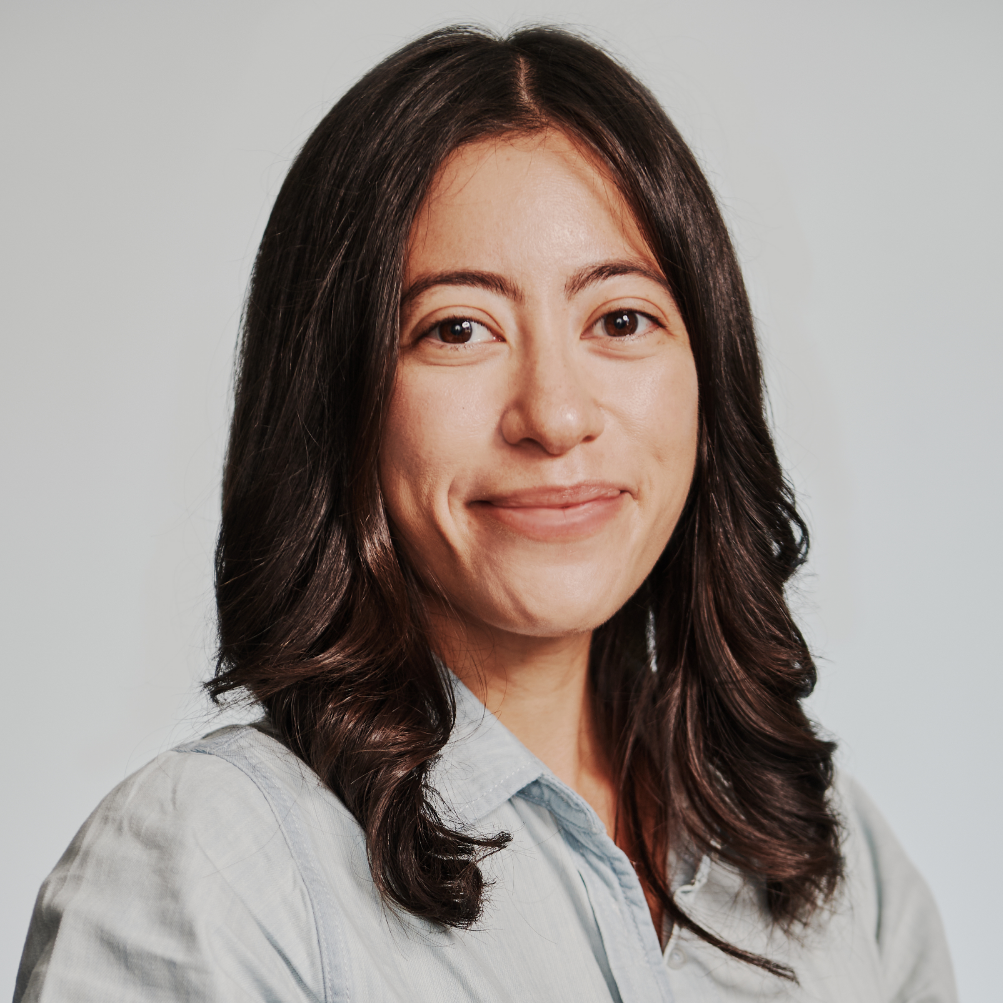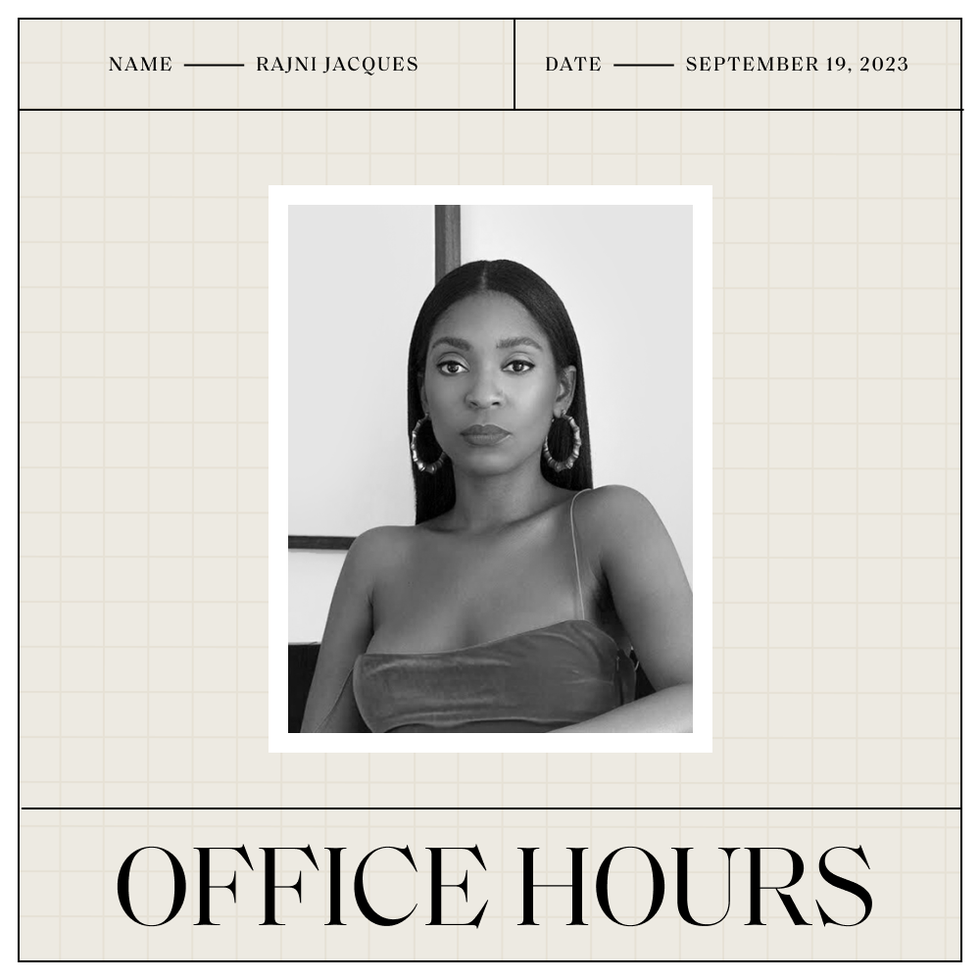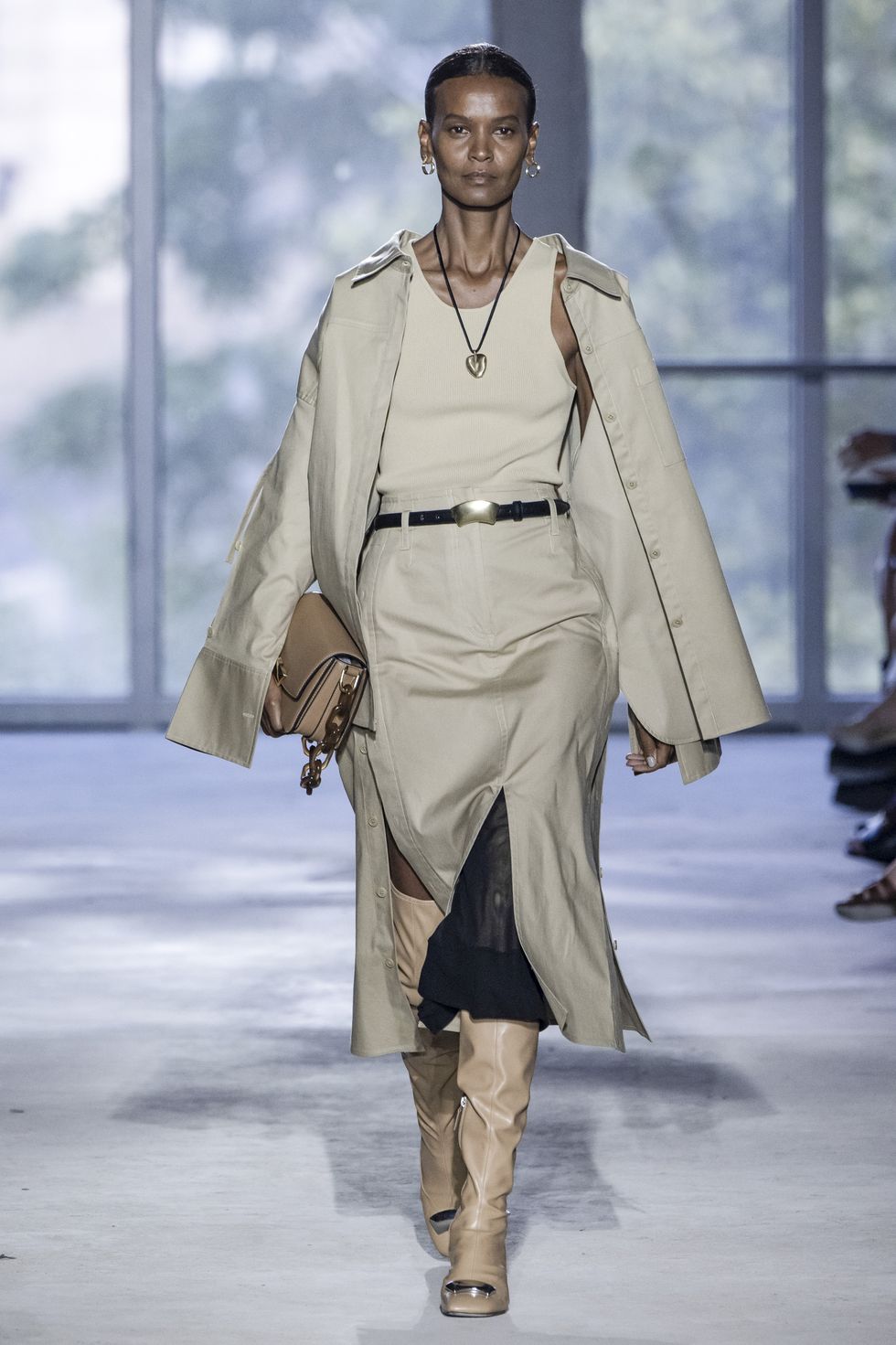In ELLE.com’s monthly series Office Hours, we ask people in powerful positions to take us through their first jobs, worst jobs, and everything in between. Ahead of fashion month, we spoke with Rajni Jacques, Snapchat’s global head of fashion and beauty, who, after getting her master’s from Columbia Journalism School, has had a wide-ranging career in fashion and publishing at titles like Nylon, Glamour, and Teen Vogue, and brands such as Madewell and Christian Louboutin. Recently, the social media app partnered with Phillip Lim for the designer’s highly anticipated return to New York Fashion Week by creating a Snapchat Lens that lets you try on a piece from the collection, plus create content with a backdrop inspired by the show’s theme. “It’s all about enhancing the experience,” Jacques says. Next, she’s jetting off to Milan for the next stop on the spring/summer 2024 fashion tour. But before that, she sat down to discuss the future of AR, toxic workplace environments, and entering the tech space, below.
My first job
Working the sales floor for Banana Republic at the Freehold Raceway Mall in New Jersey. I felt very grown-up, because it was the first time I really got into a routine outside of school and focused on something else. It helped me figure out how to work in an environment with people who were not like me and navigate age disparity—I was 16 years old at the time, and my manager was around 25. Fashion was not on my radar at all; I remember going to the mall and asking every store if they were looking for an associate. I just needed a job to have money and do things on my own without having to argue with my mom. Banana Republic was the one who gave me a callback.
My worst job
I once had an internship in the fashion department of an indie music magazine where I worked with insane personalities—the ones you only read about. This one guy was super lovely in a creative sense and had brilliant ideas, but his bedside acumen in the office was not there, and it was very stressful. Anxiety started to creep in. Whenever I work, I give it my all, but at the same time, I don’t make work my life. Once I started feeling like this internship became my life—I was dreaming about it, I was waking up thinking about it—I knew it was not for me.
What I learned from my career in publishing
For me, Nylon was an introduction to multitasking. The management there wasn’t the greatest, but I had such great camaraderie with the people I worked with. We were able to do a lot on a very tight budget and very little time, because when you make friends and you’re all creative people, you’re kind of like, let’s get this done, but not in a shitty way. We were able to create, and we were able to have fun. It didn’t feel stifling in any way. And it really set me up for the rest of my career. I was a creative director, a writer, a producer from start to finish…I was literally doing everything.
On whether journalism school is worth it
When I enrolled at Columbia, I was kind of lost. I just didn’t know what I really wanted to do at the time. I was like, okay, I’m here, I got in, I worked to get in, figure it out. I was a part-time student, and those two years of being there really shaped me in a big way. My personal thought is you do not need Columbia or NYU or wherever to become a journalist; if you have the gusto, you can make it happen for yourself. But [journalism school] did help me get in rooms with really great people that taught me things that I could have never learned anywhere else.
How I transitioned into tech
The tech transition came about in a very genuine way when I was working in publishing. Around 2009, there was such a shift: Back then, you had the tangible book, and then you had the website—but the two never correlated with each other. There was the digital team, and there was the print team. When digital media started popping up on your Instagram, your Snapchats…these apps really started changing the way people received news and communicated. That really disrupted the industry. But everything was very church and state; I didn’t understand why we couldn’t put everything that spills from print online. When I pushed for it and didn’t get any great feedback, I knew it was time for me to make a move. From there, I became a creative lead at Madewell, which showed me the business side of fashion and producing campaigns for social media. Then Joe Zee asked me to join Yahoo! Style, which was a boot camp on how many stories you needed to put up, SEO, what was going to get people to click to read your story. These were all little steps that got me hungrier to really be in that tech space. Next, I went to Teen Vogue, where I did everything from branded content to experiential events and digital news. After I had my second kid, I wanted to learn again, and I wanted a new challenge. At Snapchat, I can utilize my editorial skills and knowledge of fashion and beauty to future-proof brands, launch digital-first campaigns, and enhance the consumer experience. Whether it’s onboarding new creators or venturing into augmented reality, there is no ceiling.
The biggest lesson I’ve learned as a leader
Being able to work cross-functionally within all the different ecosystems of the company. Snapchat is a little like a factory line; getting to know my cross-functional partners from communications to marketing to sales was crucial, because essentially we all have the same goal. It was necessary to be open and introduce myself to see where I could fit into someone else’s ecosystem, how I can help them, and vice versa. It’s definitely one of those jobs that pushes you to speak to more people than the ones in your bubble.
What her job entails at Snapchat
Facilitating and fostering relationship efforts with fashion- and beauty-focused brands, creators, publishers, talent, and industry personalities. I call it the ABCs: “A” is augmented reality, where I work with brands like MAC, Tiffany & Co., Gucci, Dior, and most recently 3.1 Phillip Lim to create AR lenses; “B” is Bitmojis, which means doing collaborations and partnerships with brands; and “C” is creators—creators are really big in our ecosystem, and I help bridge the gap between them and brands.
My best career advice for a job in fashion
Brand yourself. Fashion has become more democratic, and that’s thanks to apps like Snapchat. You don’t have to be part of that 1 percent anymore to do what you need to do. You have a platform that you can use to build and grow. Know your value and what you can bring to a big company or small company, and don’t underestimate yourself ever.
On creating space for my community
I co-launched Building Black Bed-Stuy after seeing how COVID affected a predominantly Black neighborhood—a lot of the businesses went away or struggled to stay open. There was so much unrest at the time; so many people were speaking out, people were getting cancelled left and right. I figured, I could cancel 1,000 people or I could give back and help a tried-and-true Black community. So we came together to help and offer resources like PPP loans. Some of these people were integral to the community: a wellness business, which is really important in the Black community, because sometimes we don’t necessarily talk about taking care of ourselves and eating better; an ambulance company that shortened arrival times at the scene of an emergency; and a school that was teaching Black history before slavery, when we were kings and queens, which really changes the outlook of a child and shows how important they are to the fabric of the world.
What’s next for me
Showcasing what AR can do for brands and bringing it to live events so people can actually engage with it. I’m always doing my journalistic research and trying to find up-and-coming designers who are doing interesting things in the space. It’s all about enhancing the experience.
This interview has been edited and condensed.

Digital Director
Claire Stern is the Digital Director of ELLE.com. Previously, she was Deputy Editor of ELLE.com. Her interests include fashion, food, travel, music, Peloton, and The Hills—not necessarily in that order. She used to have a Harriet the Spy notebook and isn’t ashamed to admit it.










